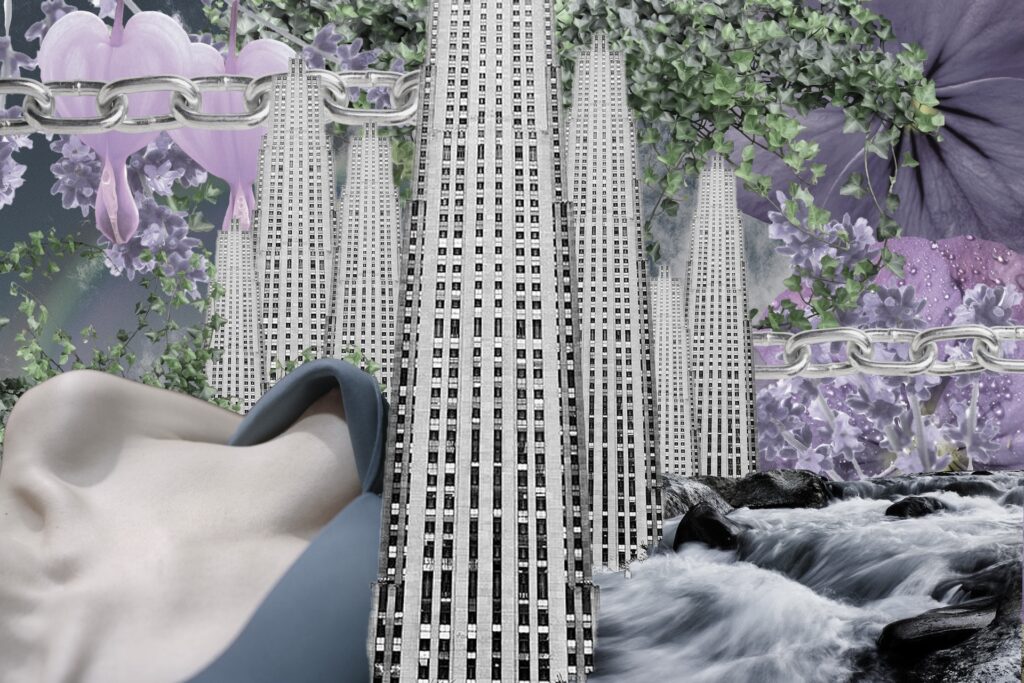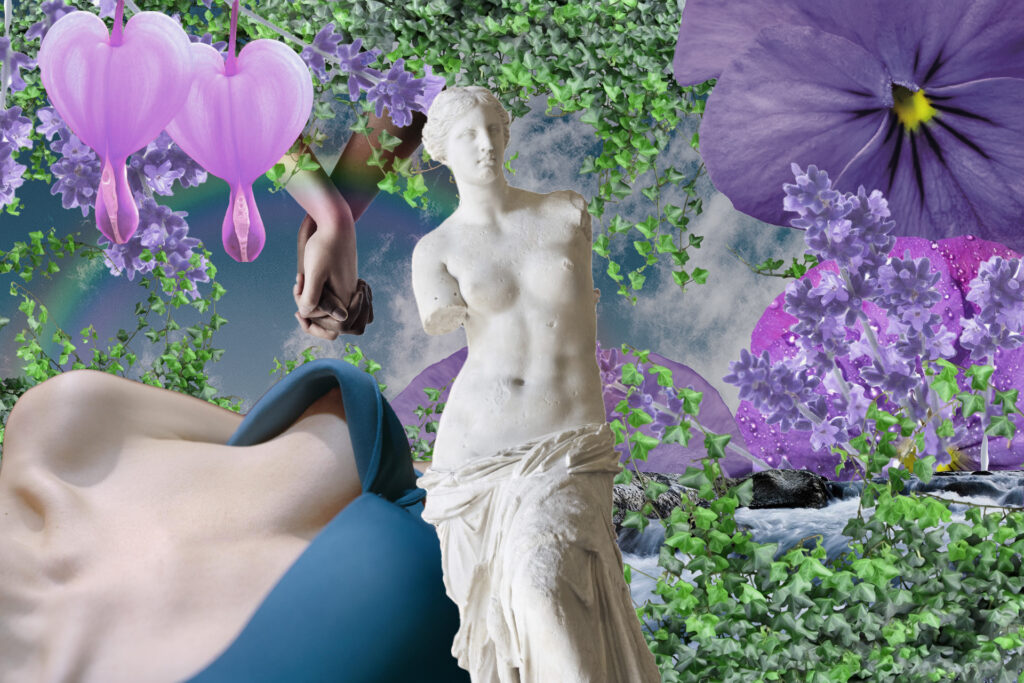I genuinely wish I could tell you whether I am attracted to men. Personally, I would love to know. I’ve been publicly out as bisexual for a couple of years, but that label has never felt right. I’ve never truly felt like I was bisexual. I’ve never doubted my attraction to women, but I struggle to let go of the possibility that I’m attracted to men. The label of lesbian scares me because I feel that I have to be sure about it before I use the label. If I am ever attracted to a man, I fear that I would be providing fuel for lesbophobic beliefs that lesbians simply need to find the right man. Even though the image of being married to a man makes me feel trapped, I feel confused and doubt myself. I try not to let others see this confusion; I have a little lesbian flag in my dorm room and I have friends who know me as a lesbian. And yet, I still have this mental block preventing me from confidently admitting it to myself and others most of the time.

Compulsory Heterosexuality
I am not alone in my feelings. Compulsory heterosexuality is a theory that society conditions women to feel that they must be attracted to and marry men. It is the internal manifestation of the pressures of heteronormativity. Pioneered by Adrienne Rich in 1980, this theory helps explain the sexual confusion that many queer women experience. Compulsory heterosexuality is a product of the societal dominance of men, or the patriarchy (Rich 1980).
Representation for and research about LGBTQ+ individuals has flourished since Rich’s work in the 1980s, but lesbians still face opposition. They are seen by lesbophobes as attention seekers, told they just haven’t met the right man, and used in media as sexual objects for male pleasure (Meyer 2015).
Homophobia creates a hostile environment for understanding one’s sexuality and coming out. In a 2006-2012 study, scholar Leila Rupp found that even though queer identities are more accepted than in the past, confusion is still a staple of a queer women’s experiences of desire. Heteronormativity creates the assumption that everyone is straight. Thus women feel pressure to fit into society’s confining mold and be attracted to men. As a result, when women feel attracted to other women, they may feel guilt or confusion, even if they did not necessarily grow up in an explicitly homophobic environment. This problem is especially relevant to queer women because society not only values masculinity over femininity but also polices womens’ expressions of sexuality, both heterosexual or otherwise, far more than men’s (Rupp 2019).
Straight Privilege
Straight couples have institutional advantages over queer couples. Queer rights rest precariously on the goodwill of judges and voters, most of whom are straight. Being gay is socially viewed as something different and irregular (Feigenbaum 2007). Heterosexual people often unconsciously perpetuate heteronormativity, further institutionalizing straightness and the patriarchy, by unquestioningly accepting straight privileges without supporting LGBTQ+ people (Thompson 1981). Queer couples are not only stigmatized and invalidated, but also face the risk of violent opposition to their relationships (Meyer 2015). Even going out to dinner can be dangerous for a queer couple, a reality that can only change if straight allies accept and advocate for queer people. Straight couples face no stigma because of their sexual orientation. LGBTQ+ people have to balance any desire to live out of the closet and the social pressure they feel to be straight.
Labels and Social Categorization
I feel a constant internal struggle when trying to label my sexuality, worsened by the feeling that I have to label my sexuality. I feel like I should know exactly who I am and what I want, but I don’t. I’m an articulate person, so being unable to put words to how I feel inside is hard to grapple with. An idea I have been coming to terms with is that sexuality and knowing yourself is not a linear process. In a scholarly study of queer women done over 10 years in the early 2000s, more than two-thirds of the participants changed their identity labels during the study (Kuzniar 2017). We are constantly negotiating our identities with ourselves, trying to figure out who we are. It’s important to realize that we are supposed to change and grow over time. I don’t have to have all of the answers I would like to about my own identity. And as much as it frightens me to admit it, that’s okay.

References
Feigenbaum, Erika F. 2007. “Heterosexual Privilege: The Political and the Personal.” Hypatia,
22(1):1–9. Retrieved April 7, 2022 (http://www.jstor.org/stable/4640040).
Kuzniar, Alice A. 2017. “IDENTITY: Precarious Sexualities: Queer Challenges to
Psychoanalytic and Social Identity Categorization.” Pp. 51-76 in Clinical Encounters in
Sexuality: Psychoanalytic Practice and Queer Theory. Punctum Books. Retrieved April 11,
2022 (http://www.jstor.org/stable/j.ctv19cwdnt.5).
Meyer, Doug. 2015. “INTRODUCTION: Social Inequality and Violence against LGBT People”
Pp. 1-16 in Violence against Queer People: Race, Class, Gender, and the Persistence of
Anti-LGBT Discrimination. Rutgers University Press. Retrieved April 7, 2022
(http://www.jstor.org/stable/j.ctt1bc53v7.4).
Rich, Adrienne. 1980. “Compulsory Heterosexuality and Lesbian Existence.” Signs, 5(4):
631–660. Retrieved February 23, 2022 (http://www.jstor.org/stable/3173834).
Rupp, Leila J. 2019. “Queer Dilemmas of Desire.” Feminist Studies, 45(1):67-93.
Retrieved March 28, 2022 (https://www.proquest.com/scholarly-journals/queer-dilemmas-
desire/docview/2306217819/se-2?accountid=11264).
Thompson, Martha E. 1981. “Comment on Rich’s ‘Compulsory Heterosexuality and Lesbian
Existence.’” Signs, 6(4):790–94. Retrieved February 23, 2022
(http://www.jstor.org/stable/3173747).